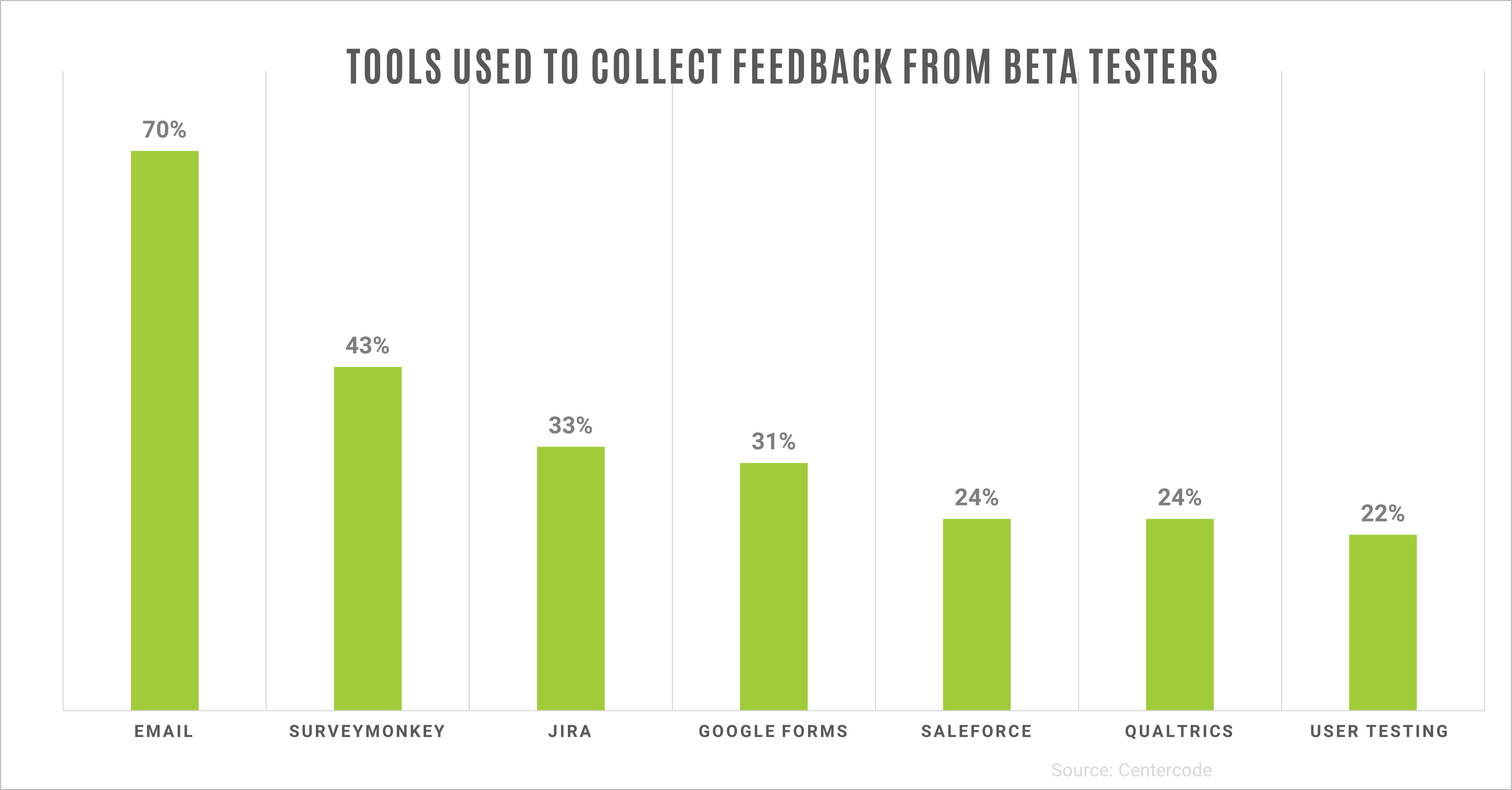Buzzworthy Insights – Free Shipping Threshold
Free Shipping Threshold
Companies in all industries are trying to solve the delivery issue, be it the cost of free shipping to the avenues you receive your delivery, vast adjustments are taking place. For years, formulas have been developed to calculate the order value in which customers will add more items or abandon the cart, one study estimates shoppers will spend 30% more to qualify for free shipping. The lowest among large companies of course, non-prime Amazon shoppers only need to spend $25 for free shipping. Surprisingly, Macy’s has the same cut-off ($25), followed by Walmart and Target both at $35, among many others. While it does vary highly among all brands, most companies will set a threshold under $100. Among upscale brands like Saks and Nordstorm, there is no minimum purchase for free shipping. (View source)
Pre-Launch Feedback
Getting feedback on an item is pivotal to bettering it for its users. How are top companies gaining feedback as product releases increase? According to new research from Centercode, 50% of companies release new products every few months and almost 80% release product updates at a similar interval, while 44% find it hard to collect useful feedback. In terms of gaining feedback, 70% are still using email to collect feedback and that may be due to a lack of resources. 56% of test managers do not have proper time to manage user testing, adopting automation and devoting staff to user testing can help solve these issues. (View source)

Remote Hiring Environment
Recession fear is the new topic on everyone’s minds but that isn’t stopping companies from remote hiring, especially in tech and engineering. Before the pandemic, 55% of companies had no experience with remote hiring. 74% of engineering teams are currently looking to hire remotely, an additional 7% are looking to do so in the next 6 – 12 months. Top factors leading towards hiring are technical expertise, soft skills, and English proficiency – cost of acquiring new talent was the least important consideration. (View source)
Impulse Purchasing
Recession fears are not reducing consumer impulse purchasing, with one recent study from SlickDeals.net indicating 73% of American adults make most of their purchases spontaneously, up 14% from last year, spending $314 a month (on average), up $38 from last year. The pandemic forced many of these habits into a rapid increase, “Consumers abandoned ingrained shopping habits, hurtling ecommerce into hyperdrive, “according to analysis from Mckinsey & Company. The rise of social media influencers and BNPL has also gained ground with 50% of social media users indicating they have made an impulse purchase based on something they saw on their feed, according to Bankrate. According to LendingTree, nearly 50% of shoppers have made a purchase because they had the option to finance. (View source)
The Turn to Independent Workers
Americans are still quitting their jobs at record levels, with 60% of hiring managers citing difficulties of finding quality talent to fill open positions, the turn to independent professionals is increasing. 79% of businesses that work with independent talent believe it enables their business to be more innovative, 85% say that working with independent professionals allows them to access talent with specialized skills or expertise. These numbers are only poise to increase as nearly 60% of hiring managers who engage with independent workers say they plan to increasingly rely on freelancers over the next six months (58%) and over the next two years (66%). (View source)
Thanks for reading!
Follow the latest industry trends with insights straight from our experts: BDS Marketing Blog.


